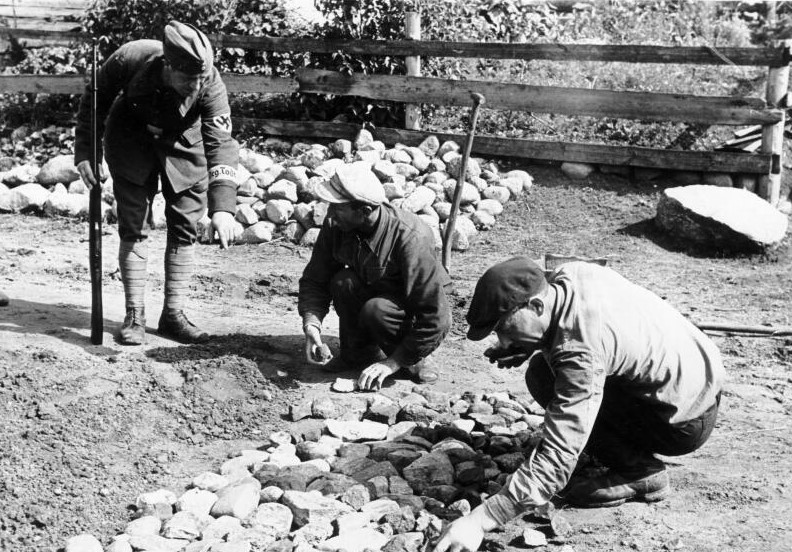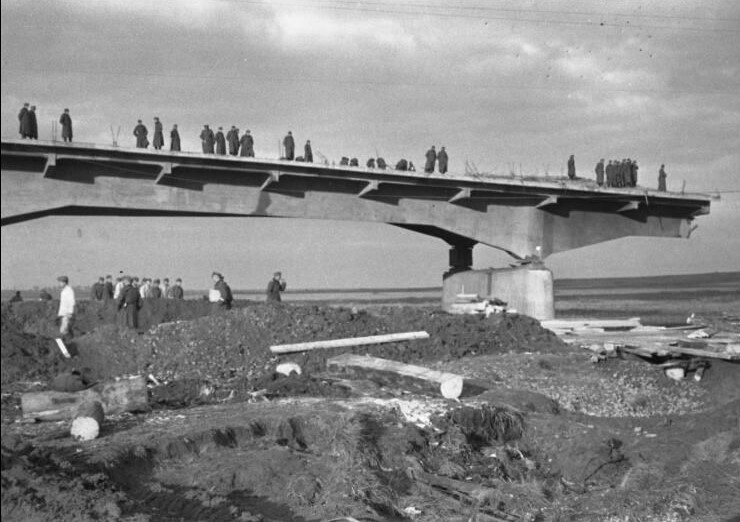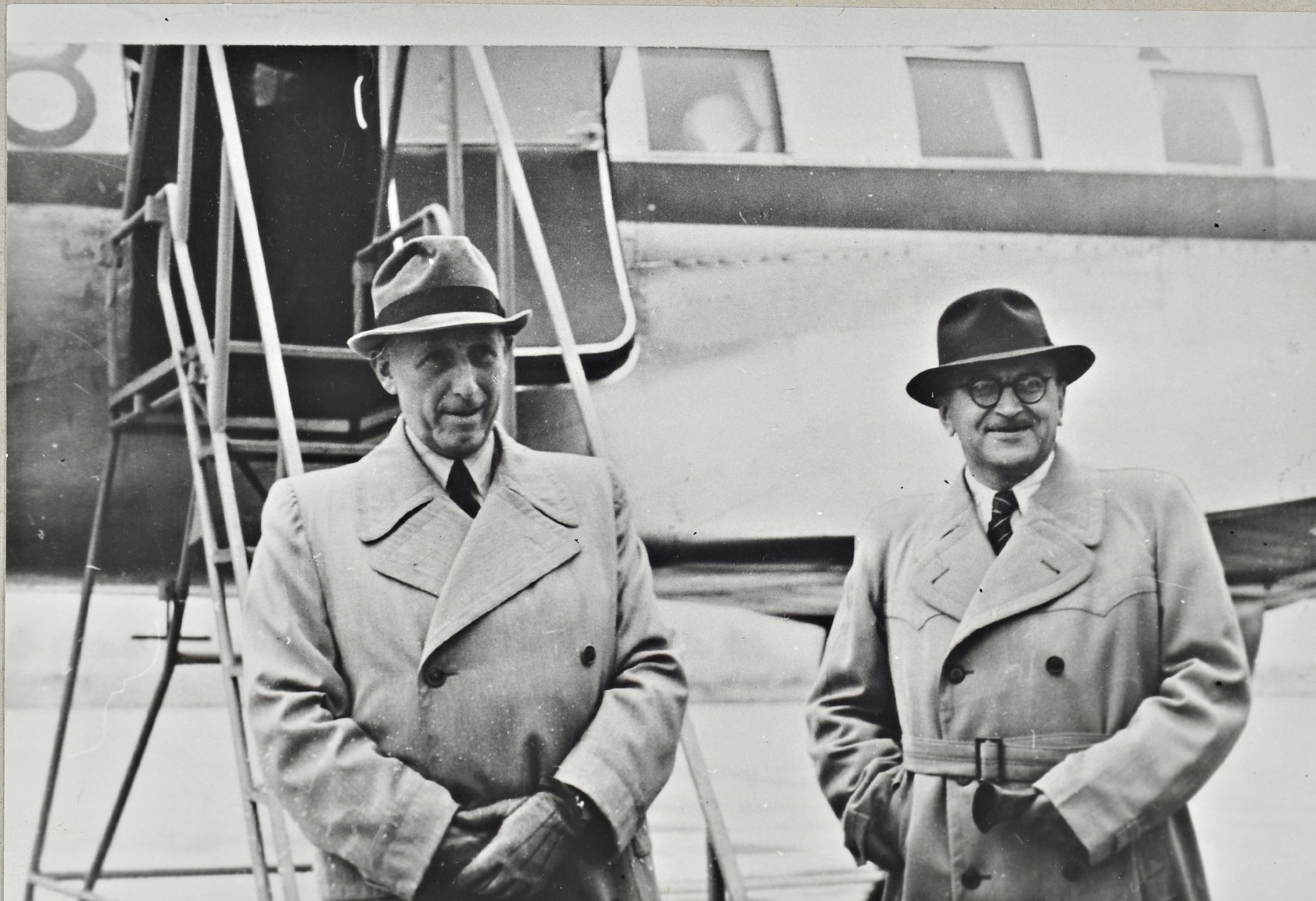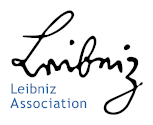- The Institute
- Research
- Dictatorships in the 20th Century
- Democracies and their Historical Self-Perceptions
- Transformations in Most Recent History
- International and Transnational Relations
- Edited Source Collections
- Dissertation Projects
- Completed Projects
- Dokumentation Obersalzberg
- Center for Holocaust Studies
- Berlin Center for Cold War Studies
- Publications
- Vierteljahrshefte
- The Archives
- Library
- Center for Holocaust Studies
- News
- Dates
- Press
- Recent Publications
- News from the Institute
- Topics
- Munich 1972
- Confronting Decline
- Feminist, Pacifist, Provocateur
- Der Mauerbau als Audiowalk
- Digital Contemporary History
- Transportation in Germany
- Envisaged Futures at the End of the Cold War
- From the Reichsbank to the Bundesbank
- German Federal Chancellery
- History of Sustainabilities: Discourses and Practices since the 1970s
- Changing Work
- Democratic Culture and the Nazi Past
- The History of the Treuhandanstalt
- Foreign Policy Documentation (AAPD)
- Dokumentation Obersalzberg
- Hitler, Mein Kampf. A Critical Edition
- "Man hört, man spricht"
- Dates
- Press
- Recent Publications
- News from the Institute
- Topics
- Munich 1972
- Confronting Decline
- Feminist, Pacifist, Provocateur
- Der Mauerbau als Audiowalk
- Digital Contemporary History
- Transportation in Germany
- Envisaged Futures at the End of the Cold War
- From the Reichsbank to the Bundesbank
- German Federal Chancellery
- History of Sustainabilities: Discourses and Practices since the 1970s
- Changing Work
- Democratic Culture and the Nazi Past
- The History of the Treuhandanstalt
- Foreign Policy Documentation (AAPD)
- Dokumentation Obersalzberg
- Hitler, Mein Kampf. A Critical Edition
- "Man hört, man spricht"
Transportation in Germany
Continuities and transformations during the National Socialist dictatorship, the East German regime, and new democratic beginnings

Assisted by the Reichsbahn railway system, the National Socialist regime waged a war of aggression and deported millions of forced laborers and Jews to labor, concentration, and extermination camps. Beginning in the occupied areas and later within the borders of the “Old Reich” as well, the Organization Todt (OT) attended to the transportation network and the construction of important armament and defense systems.
Beginning in July 2019, the Leibniz Institute for Contemporary History (IfZ) has been conducting research on the functionality and significance of transportation within the National Socialist system of rule (project supervisors: Magnus Brechtken and Andreas Wirsching; project coordinator: Christian Packheiser). In addition to the activities of the Reich Ministry of Transport (RVM) and the OT, the project’s focus lies on the post-war history of the transport ministries of the two German states. Processes of reckoning with the past, involving social, political, and economic interests, are areas to be researched here along with other long-term developments. The first West German Federal Minister of Transport, Hans-Christoph Seebohm, is also a subject of particular interest to the project.
Fragmentation of areas of jurisdiction within the National Socialist state

Ideological penetration carried out through institutional segmentation was central to the National Socialist style of governance. This characteristic of a polycratic style of power came into particular play in the transport sector through the outsourcing of entire departments and transferal of direct powers to individuals. Fritz Todt was, for example, granted responsibility for road construction, water, and energy. Funded by the German Federal Ministry of Transport, this research project thus approaches the analytical dimensions of “infrastructure” primarily in terms of the organization of rule. The multifunctional importance of transportation, furthermore, emerges here as a formative element in political-administrative processes as well as central social dynamics.
Multiperspectival approach

Group-biographical analyses and the career paths of leading officials provide only a starting point for the examination of political continuities and ruptures along with the manners of thought and action specific to particular authorities between dictatorship and democracy. The aim here is to move beyond solely viewing the authorities in question within their institutional matrices and to explore the subject more deeply in terms of the history of mentality, culture, and society. This approach aims to illuminate the transformations and strands of tradition as well as the adjustments made between the National Socialist regime and the West German Federal Ministry of Transport (BVM) and the Ministry of Transport of the GDR (MfV).
Comparisons between the BVM and MfV promise to provide particular insight due to their integration into the rival Eastern and Western blocs, along with the frequent ideological chargedness of the subject matter. The overall goal here is to build on our understanding of how dictatorships function along with the authorities operating within them, as well as that of the democratization processes of the early Federal Republic. The project is expected to shed additional light on the controversial concept of NS-Belastung, i.e. how individuals and organizations were sullied by their Nazi past.
Project description
The overall project is made up of five postdoc projects, designed to work together closely on the history of the BVM and MfV with a focus on continuities and transformations during the National Socialist era. The postdoc projects are as follows:
-
The Reich Ministry of Transport: An Infrastructural Analysis of National Socialism (Niels Weise)
-
‘Organisation Todt’ (OT): The Construction of Infrastructure for War and Genocide (Christian Packheiser)
-
The Federal Ministry of Transport and its Leading Figures (Bernd Kreuzer)
-
Hans-Christoph Seebohm – Right-Wing Conservative Politician and First Federal Transport Minister (Stefanie Palm)
-
Das Verkehrsministerium der DDR 1945 bis in die 1970er Jahre (Heike Amos)
Preliminary study on reckoning with the history of German transport:


